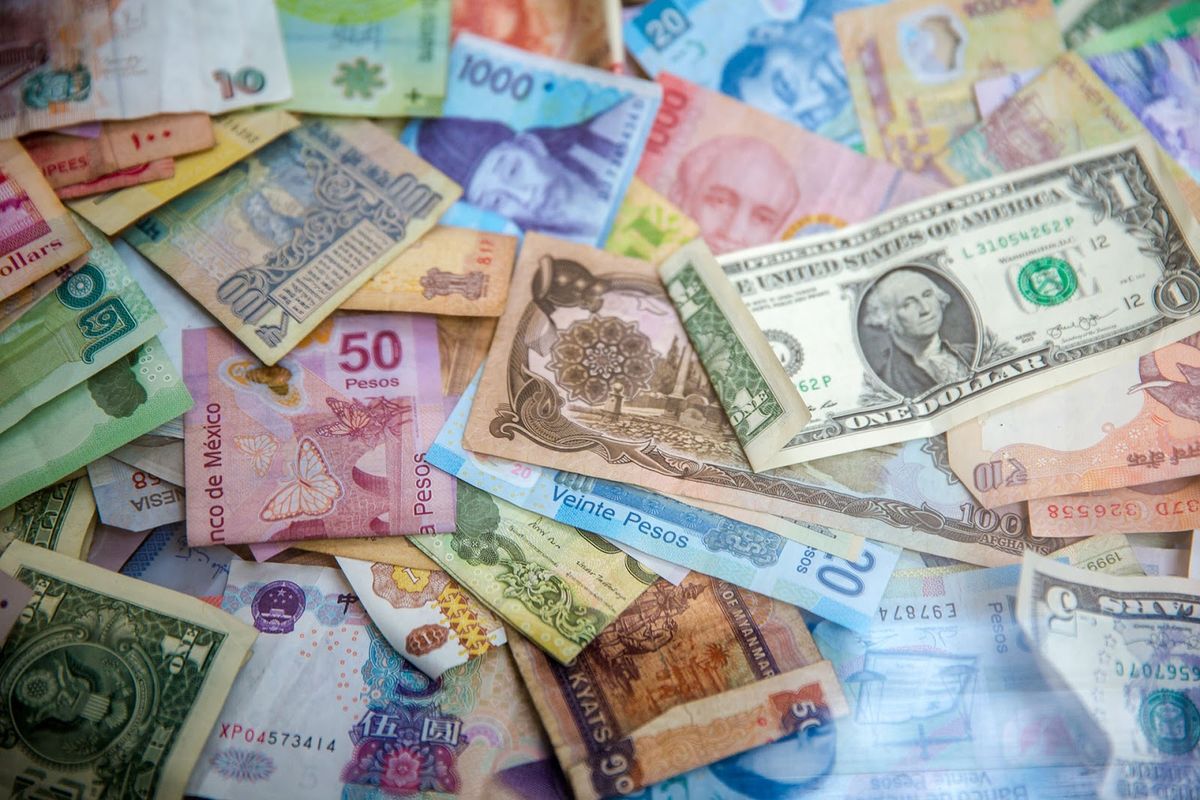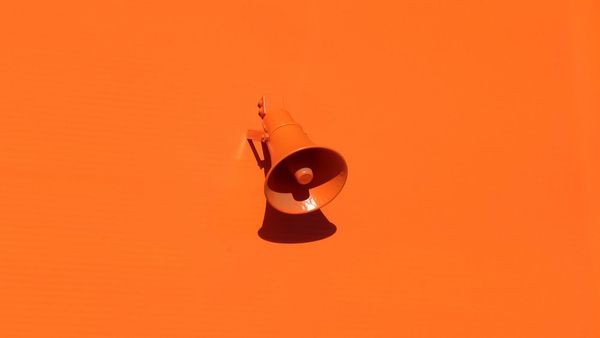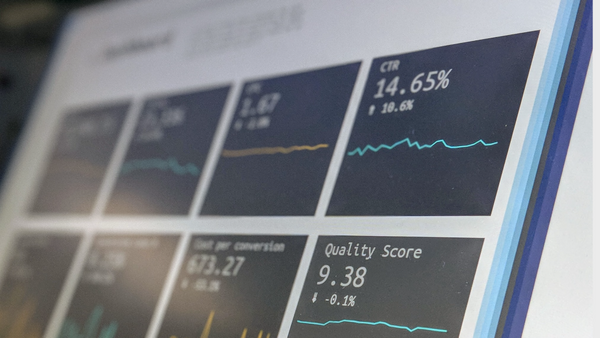As the saying goes: “the little things start to add up,” and you don’t want to get blindsided by all of the little costs that go into selling on Amazon. By understanding where your money is going, you can re optimize your business and start bringing in more profits. Some costs are unavoidable, but being able to manage them can make your business better and more efficient.
Manufacturing cost

The cost of manufacturing your product is something that, unless you own your own manufacturing facilities, you negotiate with your supplier. The best way to reduce the cost of manufacturing per product is you order a large enough quantity so that you get a lower price. This is actually one of the very first things you’ll want to find out when you are finding a supplier for the first time. You should have a list where you have price quotes for different quantities. On top of that, it’s not unreasonable to have a list of price quotes for both quantities with shipping costs included for both air shipping and shipping by sea.
By taking that into account, the most obvious way that you can reduce your manufacturing cost would be simply to order the highest quantity you possibly can in order to get the stock from your manufacturer with the lowest price they can offer. Of course, assuming that you can sell that many units of your product.
However, there is another opportunity that you might wish to explore – changing your supplier. It is possible that you haven’t looked into the prices for manufacturing your item in a very long time. It’s also quite possible that you might find another supplier, or maybe even a few, that are manufacturing your item at a lower price, or with better price quotes on different quantities.
It is wise that you look into the prices of manufacturing your item with different suppliers from time to time. There is also no hard that you ask for a few price quotes once in a while. If you have a somewhat custom product you can ask for any other supplier you are considering to create a sample for you based on your specifications. If you start considering another supplier you don’t have to cut ties with the old one, you can simply bring in some inventory from the other supplier and see if there is any effect on the indicators that might suggest that the item from the new supplier is of lower quality, such as new reviews and the return rate on the products the manufactured.
You are under no obligation to just have a single supplier, you can have 2 or multiple for a while if you are trying to see how well a new potential supplier is executing their manufacturing times and what the quality of the item is. The point is that you might stand to gain from looking into a different supplier and ultimately switching to a new manufacturing facility. The difference between you having a greater margin just might be a matter of finding a new supplier that can make your items cheaper at the same quality.
The currency conversion fees
This is a very impactful cost that most sellers are not aware of. In many cases we have sellers from one country selling in a market that is outside of it, or on multiple foreign markets. Not to mention, that often they are making payments to their suppliers in a currency that is not their home currency, the same goes for VAT payments and other taxes and duties.
Many sellers receive their payments from Amazon in a different currency then the one they are selling in. In order to make those payments, Amazon uses its own currency conversion rate. The fact is that Amazon conversion rate is some of the highest you can find anywhere and there are also fees attached to it. Amazon charges around 3,5% to 5% of the original sum when it’s being converted into your home currency. This is an astonishingly high rate and most sellers are either not aware that they are losing money in those conversions, or they think this is the only way. This is 3,5 of your total revenue, it’s not a small matter and luckily, you have ways of going around it.
You can do so by setting up entities or opening up bank accounts in other countries, or you can use a serving like PingPong. Pingpong allows you to convert your earnings at the lowest rate possible as well as to make VAT payments in the currency of the market without having to convert it twice as most sellers do, once when they get their earnings and another time when they have to make the VAT payment. This makes things really simple and it allows you to keep as much of your earning as possible.
Shipping

Whether you are shipping by air or by sea, there are costs that come with transportation. Being able to weigh your options is important to understand how you are prioritizing your costs vs your efficiency. Air travel is generally quicker and easy to track, but may be more costly, especially during times of global crisis. Sea travel may be more cost efficient for ordering your product in bulk, but could take upwards of a month to reach your storage facility. You may be using FBA, but FBA has just as many hidden costs to be wary of.
Amazon FBA fees
What you pay to Amazon is an extremely significant and pretty much unavoidable portion of your margins. The only way you can avoid paying some of the fees is if you fulfill your own orders, which is something that is usually more expensive and time consuming that isn’t worth doing. This isn’t true for all types of items and selling models, however most private label sellers use FBA for a reason. There are 3 types of fees on Amazon and each one is calculated differently:
Storage fees – The inventory storage fees are calculated by the cubic foot and by the size category of the items. The storage fees also change in the 4th quarter when the influx of inventory is higher.

Also the FBA storage fees are higher for what Amazon categorizes as dangerous goods:

There are also what Amazon calls long-term storage fees, where you get charged per unit for every month after that unit of inventory has spent 365 days in an Amazon FBA warehouse. The long term storage fees can be viewed as a penalty for not planning your inventory properly and for taking up space for too long, which is why they become drastically more expensive after having inventory in for over 365 days.
You can easily calculate the amount of cubic feet a single unit of your product takes up by simply multiplying the length, the width and the height of your product packaging in feet and multiply it with the appropriate fee depending on the size category of the product or the time of the year.
When it comes to reducing storage fees, the first obvious thing is to make sure you don’t have any inventory sitting in an FBA warehouse for over a year. We have a whole article about inventory planning you might want to take a look at so that you can make sure you are on top of your inventory management.
The other way you can reduce your FBA storage fees is to, if possible, find a way to make your product packaging more compact. It would be wise to reach out to your supplier and simply ask if there are some other packaging options. Another option is that you try and design your packaging yourself and then ask your supplier to find a way to replicate it if possible. Of course, you should see if there is a way to package an item more compactly. For example, if we take a look at this flashlight:

This is the type of packaging that’s meant for retail, this is completely unnecessary for a product that’s sold on Amazon, we can see that the battery is on the outside of the flashlight simply to let the browsing customer know that a battery is included. In this case the batter can already be inside of the flashlight and the entire product can be in a cardboard box that envelopes it, saving a lot of space in the process, both in FBA storage fees and shipping costs. If you have a product that is packaged like this, you have a lot of room for improvement.
Fulfillment fees – Fulfillment fees are what Amazon charges you for basically moving your inventory around the warehouse, from receiving the shipment to picking and packing. The fees are calculated based on 2 factors, size and weight. The number of categories that have fixed fees are much more numerous that it is the case with storage fees, here we can see some of them:

As you can see the difference between some of these fee brackets is quite small and if you have a way to reduce the weight of your item by 1oz you might just jump down into a lower fulfillment fee bracket. In some cases, the difference between being in one or another is for example the length of the width of a package, so you might not necessarily have to make your packaging lighter, but simply reconfigure it so that it fits into that bracket. Once you make that change you can put it into the “manage inventory” and “Edit” section of seller central and you can notify the seller support in case the fees haven’t decreased. What you need to do is find out exactly what your particular bracket is and see if there is a way to reconfigure your packaging in such a way that it can be placed into a bracket with lower fees.
Referral fees – Referral fees are the ones that you cannot go around, both for the way they are structured and the fact that they are the only mandatory fee you have to pay while selling on Amazon. The previous first two, the storage and the fulfillment fees are not mandatory in the sense that if you are fulfilling your own orders, you are not subject to paying them. The referral fees, on the other hand, are calculated based on your total selling price and they are a fixed percentage. The percentage is usually 15%, which is the case for most categories, however there are some that have a lower or higher referral fee. This is actually something that Amazon tends to change from time to time, mostly in order to either encourage sellers to sell more items of a certain type (like it was the case with the April 2019 update when they lowered the referral fees for Jewelry and furniture).
Some of the categories have certain more complex ways of calculating referral fees, such as the examples we see bellow:

As you can see, there are some categories where you can actually increase your margins by reducing the price. Just like we can see with the Grocery & Gourmet Food category where you can pretty much reduce the referral fee by almost half if you are selling something for 15$ and reducing it to $14.99. The most important thing is that you know exactly what fees you are paying for each product and why. Only by being fully aware of all the different factors that go into your Amazon FBA fees will you be able to identify any opportunity of reducing them.
Additional costs
What we went over are the total costs that go into each and every product that can be calculated into your margins. There are other costs that are not directly included into the cost of your product, but are affecting your bottom line. By doing your best to lower your costs you can, hopefully, increase your overall profits and maintain your margins on the account of that.
Cost of advertising
All good sellers know that one of the main properties of a well run Amazon store is the constantly active and well optimized PPC structure that’s driving the sales and maintaining organic rankings. By no means should you completely stop with your PPC efforts, what you should be doing is identifying your best performing advertising targets and your top converting products and making sure that they are being utilized to their maximum potential.
This is a rather complex topic and if you want to know more about how to handle and adjust your PPC efforts in these newly formed circumstances surrounding the pandemic, you can read our article on exactly that topic right here.
You can calculate an indicator that can give you an idea of how much money you are spending on advertising in order to sell a single product, so that you can look at it as an effect on your margins. You simply add up all your PPC spending in a given time period and divide it by the number of total items you sold, you can call it the cost of acquisition or the average product cost of advertising. You can use this metric and adjust accordingly going forward.
In Conclusion
Knowing exactly what type of FBA fees you are paying and why can help you identify possible ways of making slight adjustments to your product or packaging in order to find yourself in a lower fee bracket. When it comes to manufacturing costs you need to know exactly how much money you can save per unit with larger orders and what exactly is the cost for each type of shipping. You should also develop a habit of checking in with other potential suppliers that can manufacture your products just to see if you can get a better price. You should also look into reducing your overall costs wherever you can, with a mindful and precise marketing strategy you can get more out of your PPC at a lower cost. Finding ways of converting your sales revenue from one currency to another under a much more favorable rate can also have a considerable impact on your profitability.
Being aware of exactly what goes into your margins and what are the factors that make it so is the first step towards affecting them yourself. Amazon is a great platform for entrepreneurs since, for the most part, it’s running itself. It is precisely because so many of the aspects of our Amazon businesses are automatic that we allow ourselves not to be aware of how greatly we can affect them, which in reality is quite a lot.









